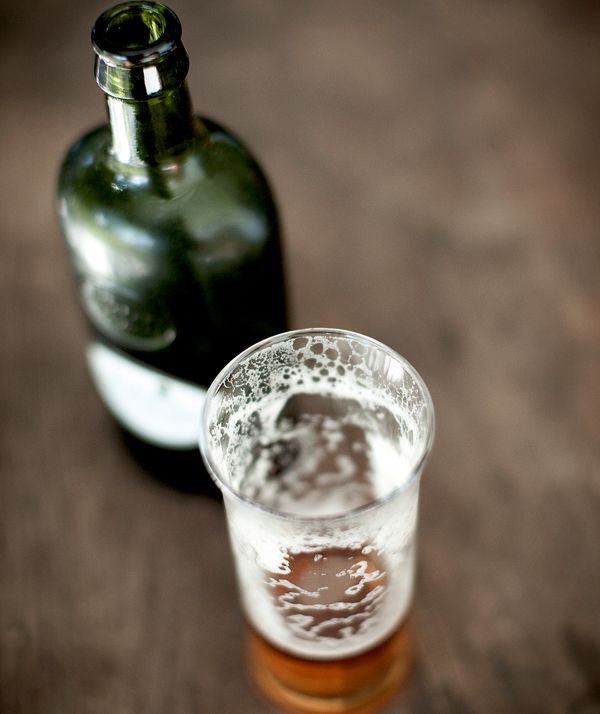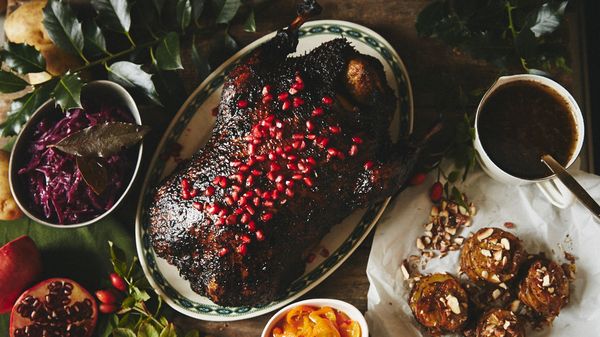
ARE THE NEW BREWERS REALLY THE SAVIOURS OF FLAVOUR?
Watered-down lager kick the movement off
Nobody really knows when exactly it all started. It could have been at some point in the late 60s, the mid-70s or the early 80s. What everyone agrees on, though, is why it all started: American beer tasted awful, like a ubiquitous watered-down lager. Breweries such as Coors and Anheuser-Busch dominated the market with standardised, cheaply-produced beers. By the mid-1980s, there were between 44 and 89 independent breweries left serving a population of 230 million; Germany boasted 1600. At this point the fightback began under the name that is now on every drinker’s lips: craft beer.
The movement starts
The renaissance in brewing began in garages, as a series of small start-ups. While no one can say when “The Movement” dates from, Fritz Maytag’s San Francisco-based Anchor Brewing Company brought out a handful of authentic beers in 1965.

The first generation of craft beer
California was soon flooded with first-generation craft beers. Yet this flood was and more of a trickle. After all, the craft beer movement was a reaction to an emergency – one that Germany didn’t have then and doesn’t have now. So why is there so much hype around Craft-Bier in Germany, the Land of Beer? One answer is that for all the beers brewed in Germany, many taste the same. The result has been that consumption has nosedived from 142 to 105 litres per capita between 1990 and 2015. Yet Germany is packed with small breweries.
Average German beer
If you visit them, you’ll find all the things people associate with craft beer: fantastic drinks with a real variety of flavours. Demand for “hand-crafted” beer, however, is limited to cities – for two reasons. Firstly, it really is hard to avoid average beers in German cities, from Cologne’s Kölsch ales to Hamburg’s bleak Holsten Pils, from boring Berliner Kindl to Dortmund’s tired DAB. Secondly, city residents live away from nature and are concerned with authenticity: you can’t sell organic meat and bread-baking courses to farmers’ wives.
More product, less marketing
That’s no different to how things played out in craft beer’s homeland, the USA, where the trend only took off because it was, well: a trend. The 90s brought farmers’ markets to inner cities and American consumers started asking where their food came from. On the back of this, craft beer started to make inroads into the mainstream. What craft beer enthusiasts tend to forget is that quality is not a form of creativity. Craft beer is simply beer where more emphasis has been placed on the product than on all the campaigns to sell it.
No rocket science
Brewing beer is, after all, not rocket science. Making beer is a craft, yes, and a craft must be learned. In the same way as an off- the-peg suit may look good and not embarrass the owner, but will never fit as well as one that has been made bespoke to the customer, beer made by a brewer with a personal passion for the drink will always taste better than boring mass-market lagers.
Mango peelings?
The difference is not that craft beer contains crazy additional ingredients. Craft beers may indeed taste of cocoa or mango, but you won’t find them in the brew: the flavour comes from the high-quality aromatic hops which develop their taste throughout the brewing process. You won’t catch a master brewer littering his mash with mango-peelings; the flavours are developed by a process called lautering, or ‘refining’. The amount of liquid added changes the concentration of malt sugars and of starch being broken down, and this influences the wort.
The preferred drink for hipsters
All of which is fine and adds to the variety. But do we really need “beer sommeliers”? And expensive locales with wooden shelving? Is being able to dissect a beer like an oenologist does a wine something to be proud of? Or isn’t the most important thing that the person drinking it enjoys the beer? In other words: we don’t need tatted-up hipsters to reinstate taste ahead of marketability on the list of priorities. Craft beer simply expands the range of flavours available. It is not, however, the saviour of the drink we call beer.




